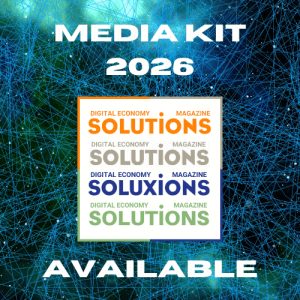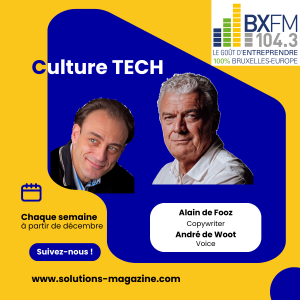Major breakthrough by ULiège and NRB on the traceability of responses generated by LLMs
Researchers at ULiège and NRB unveil TreeFinder, an innovative method that makes Large Language Models traceable, verifiable, and auditable. A major breakthrough for more transparent and responsible AI
Making LLMs traceable, verifiable, and auditable. That is the purpose of the TreeFinder methodology. A major breakthrough for more transparent and responsible AI. Barely a year after its creation, the NRB-ULiège Research Chair on AI is already delivering promising results.
Established in July 2024, the NRB-ULiège AI Chair was born out of a shared ambition: to accelerate the adoption of ethical and effective AI for businesses, the public sector, and society. Its focus is on research and development of LLMs applied to software engineering. The goal is to transform scientific advances into concrete solutions that can optimize business processes, strengthen the competitiveness of companies, and encourage innovation.
For Professor Damien Ernst, co-holder of the NRB – ULiège Chair, this chair is undoubtedly an exemplary model of partnership between industry and academia: “It fuels fundamental research and enables NRB to conquer new markets.”
TreeFinder, the promise of more reliable LLMs
The first fruit of this collaboration, TreeFinder addresses a major concern: the traceability of responses generated by LLMs.
Until now, LLMs have functioned as “black boxes,” making it difficult to understand how they produce their responses. This is critical in sensitive sectors such as healthcare, law, and finance. In fact, LLMs miss key phrases in long contexts, are distracted by noise, and produce responses that are difficult to verify.
TreeFinder is a game changer. This simple, independent (model-agnostic) method identifies the specific sentences in a long document that actually influenced the model’s response. The result: more reliable, auditable, and certifiable question-answering systems that can explain why they answer the way they do.
A method that bridges the gap between theoretical research and the practical needs of businesses
TreeFinder offers a simple method for finding the sentences used by a linear mixed model to answer a question, combining the metrics of necessity and sufficiency removal probability with a tree pruning search. This is a concrete step towards explainable FAQs. These searches are particularly valuable for applications requiring long documents, where the reliability of the response is crucial.
“LLMs offer impressive performance, but there are still significant challenges to overcome in order to make them auditable and trustworthy,” observes Lize Pirenne, researcher at ULiège and co-author of TreeFinder. “Thanks to our collaboration with NRB, we have been able to develop a method that brings theoretical research closer to the concrete needs of businesses.”
Concrete applications in different fields
The TreeFinder algorithm is based on two key principles. One is sufficiency: with only the identified phrases, the model retains almost the same probability of producing the same response. Two is necessity: if these phrases are removed from the context, the probability drops significantly.
By combining these signals, TreeFinder isolates the sentences that “really matter” in generating a response, while eliminating noise.
This fast and accurate hierarchical approach makes it possible to instantly audit AI responses, verify consistency, detect bias, and strengthen the compliance and certification of AI systems.
In practical terms, in the medical field, TreeFinder can justify a clinical summary with the exact sentences from a patient’s file.
In the legal sector, it can link a response to specific passages in a contract or ruling. And for businesses, it secures internal AI engines by explaining which sources influenced the response given.
A win-win partnership
Working with NRB has been a real source of inspiration, says Lize Pirenne. “We have been able to identify concrete problems encountered in the deployment of AI and provide answers based on fundamental research. A real synergy has been created between researchers and engineers to transform these challenges into innovations.”
Laurence Mathieu, CEO of NRB, sees this dynamic as demonstrating the value of cross-collaboration between universities and businesses: a win-win model, where research benefits from real-world use cases and industry draws on rigorous scientific expertise to build trusted solutions.
“Major technological, economic, educational, and ethical challenges can only be met by joining forces. That is the whole point of this chair, which demonstrates the power of open ecosystems and sustainable collaborations between research and business.“




















